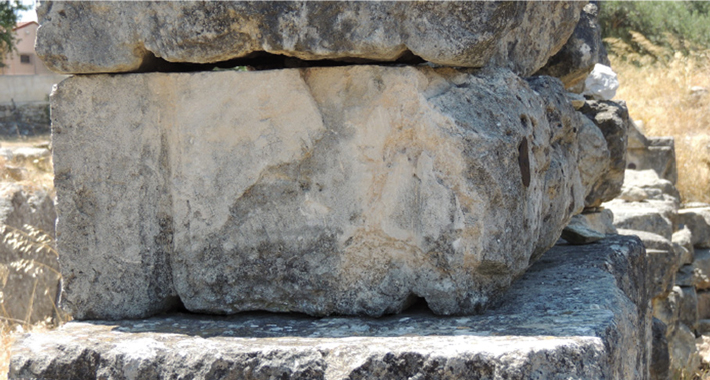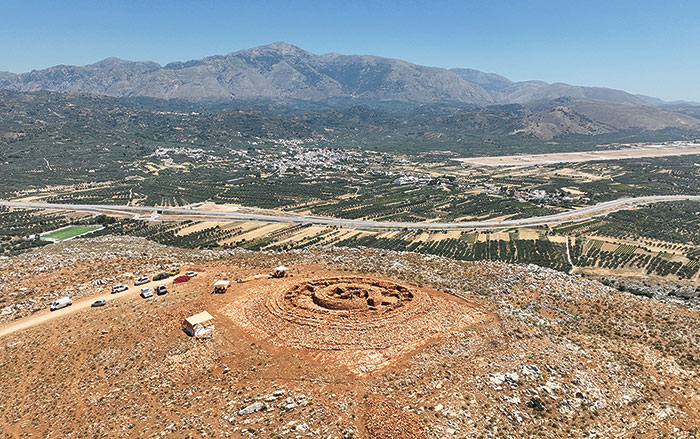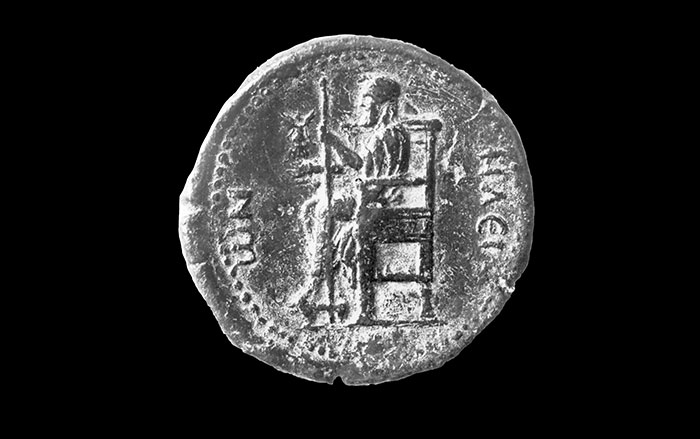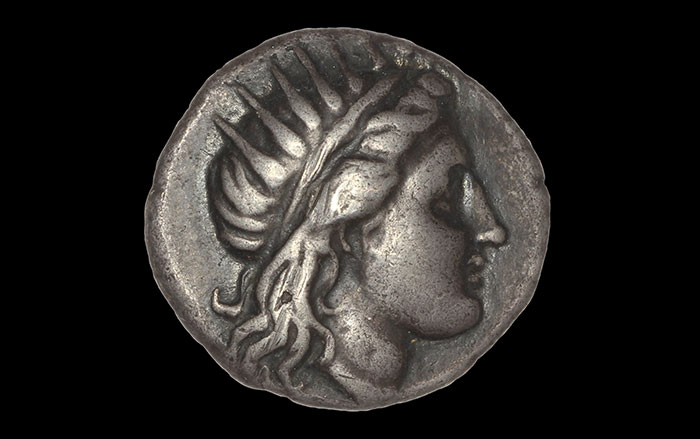
Ancient Greece is renowned for its extraordinary stone temples. Structures such as the Parthenon were only made possible by the invention of the crane, which is considered to be one the Greeks’ greatest technological innovations. The device allowed heavy blocks to be lifted and set into place using relatively few men. “Lifting methods previously employed by the Greeks, as well as by other ancient cultures, required large ramps and scaffolds of earth or mudbrick,” says University of Notre Dame architectural historian Alessandro Pierattini. “Building and dismantling such massive earthworks required a large workforce.”

It has long been thought that the crane was developed toward the end of the sixth century B.C. However, Pierattini suggests that the Greeks experimented with crane technology at least a century earlier. By reexamining ashlar blocks from the Temples of Apollo at Corinth and Poseidon at Isthmia—the oldest-known Greek temples built from stone—he determined that grooves cut into the bottom and sides of these blocks were used to secure ropes attached to a primitive lifting device. Levers could also be inserted into the blocks, which weighed as much as 850 pounds, helping to maneuver them into their final position.












